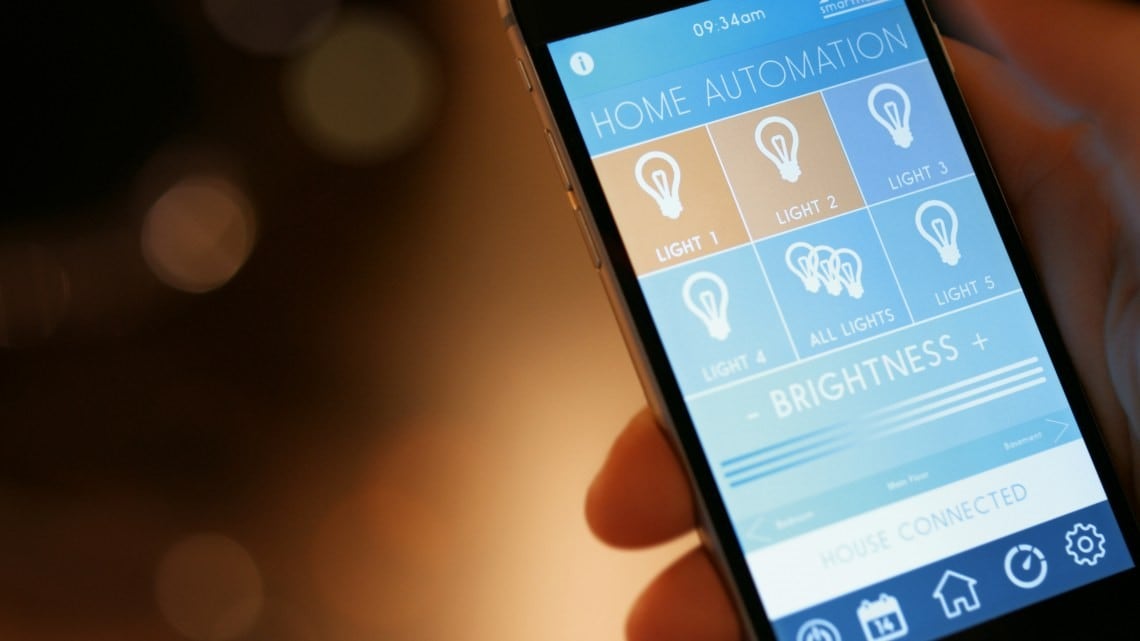Need Help?
Privacy PolicyLive Chat
Our Intelligent lighting and control solutions can meet the technical needs of lighting engineers with includes a large array of 8-, 16-, 32-bit PIC® microcontrollers (MCUs), analog, wireless, and human interface products to meet the technical requirements of lighting engineers. Featuring advanced peripheral integration and support for all lighting technologies, including LED and fluorescent, our scalable solution provides significant flexibility versus a pure analog or ASIC implementation. Designing with our lighting solutions enables innovation that expands lighting product capabilities and provides product differentiation.
Intelligence
- Communication and networking
- Lumen and color control
- Environmental sensing
- Thermal management
- Predictive failure and maintenance
- Day light harvesting and dimming
- User interface and control
Flexible Power
- Flexible topology support
- High-efficiency power conversion
- Fail-safe monitoring
- Energy monitoring and control
- Energy harvesting (solar, etc.)
- Battery management and charging
Scalable Design
- Scalable performance
- Analog, 8-, 16-, 32-bit PIC MCUs
- Simplified system modifications
- Ease of use
- Easy-to-use development tools
- Reference designs and collateral
- Lighting design partner specialists
- Technical support
- Customizable solutions
Lighting Technologies

Fluorescent Lighting

Incandescent Lighting

LED Lighting

Lighting Controls
- 8-bit Microcontrollers
- 16-bit Microcontrollers/Digital Signal Controllers
- Hybrid PWM Controllers
- Electroluminescent Backlight Products
Similar Devices
Similar Devices
Similar Devices
Similar Devices
Application Notes
|
Title
|
|
|---|---|
| Combining the CLC and NCO to Implement a High Resolution PWM | Download |
| Bit Banged LIN Slave Node for PIC16 & PIC18 | Download |
| High-Efficiency Solutions for Portable LED Lighting | Download |
| Dimming AC Incandescent Lamps Using A PIC10F200 | Download |
| Alternate Use of the HV9922 as an Off-line, Non-isolated, 50 to 100 mA Auxiliary Power Supply | Download |
| HV9910B: Constant, Off-time, Buck-based LED Driver | Download |
| Buck Configuration High-Power LED Driver | Download |
| Improving the Efficiency of a HV9930/AT9933 Boost-Buck Converter | Download |
| A Technique to Increase the Frequency Resolution of PICmicro MCU PWM Modules | Download |
| Dimming Power LEDs Using a SEPIC Converter and MCP1631 PIC Attach PWM Controller | Download |
| Compatibility and Functional Differences between the HV9961 and HV9910B LED Drivers | Download |
| Offline Power Converter for High-Brightness LEDs Using the PIC16HV785 Microcontroller | Download |
| Designing with HV Microcontrollers | Download |
| HV9910B: Buck-based LED Driver | Download |
| Designing a Boost-Switching Regulator with the MCP1650 | Download |
| Transformerless Power Supplies: Resistive and Capacitive | Download |
| Isolated Constant Power Converter Using the HV9922 | Download |
| DALI Control Gear | Download |
| A Digital Constant Current Power LED Driver | Download |
| Digitally Addressable Lighting Interface (DALI) Communication | Download |
| AT9933: Designing a Boost-Buck converter with the HV9930 | Download |
| Software PWM Generation for LED Dimming and RGB Color Applications | Download |
| Maximum Power Solar Converter | Download |
Beta code library available now
Digital Addressable Lighting Interface (DALI) is a standard lighting control protocol for large networked lighting systems. DALI provides bi-directional communications with uniquely addressed light sources. This allows for customized lighting schemes and the ability for the light source to relay information back to the controller (ie. light output level, color, energy usage, etc.).
- 'C' based firmware library
- Control Device (master) and Control Gear (slave) libraries
- Automated commissioning
- Firmware implementation on any 8-bit PIC® microcontroller
- PIC microcontroller requirements
- One 8-bit timer, one 16-bit timer
- EEPROM or Emulated EEPROM (self-write Flash)
- ~4KW Flash program memory footprint (final code size TBD)
- Compliance
- IEC 62386-101 (DALI general system requirements)
- IEC 62386-102 (DALI general system requirements – control gear)
- Future support for IEC 62386-2xx implementation (particular requirements for control gear; e.g. LED, fluorescent, etc.)
Downloads
